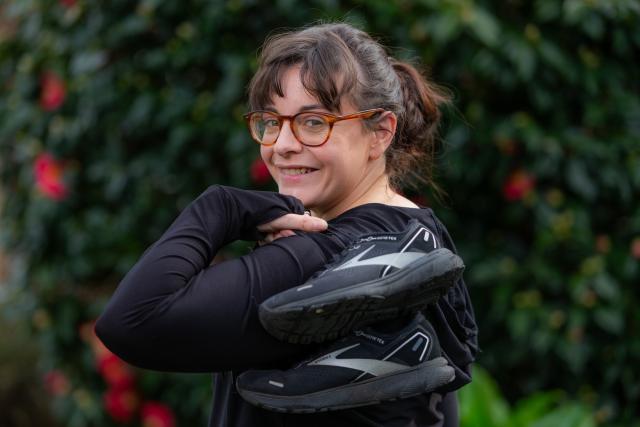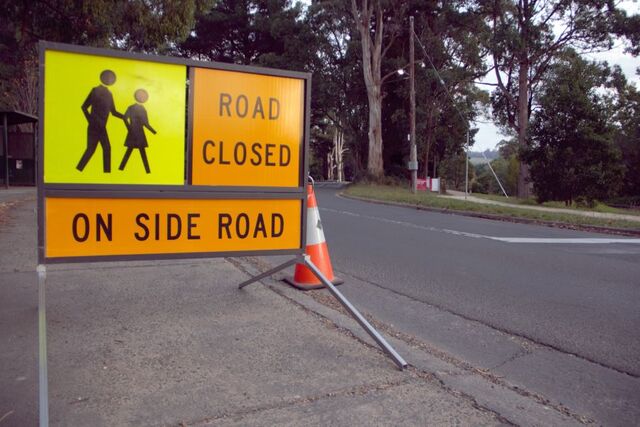An alarming report by the Pennington Institute has demonstrated staggering numbers of accidental overdose in Greater Dandenong, begging for urgent policy reform.
The report tracked data as far back as 2001, with Penington Institute’s CEO John Ryan saying the report findings are a cause of concern for all Australians.
“It is no exaggeration to talk about an overdose crisis. Overdose deaths in Australia have exceeded the road toll since 2014, and we see little to no action to demonstrably change this,” Mr Ryan said.
Greater Dandenong has topped the list in Victoria from 2007-2016 with a total of 134 deaths.
From 2017 to 2021, there were 86 unintentional overdose deaths in the municipality, 100 for Geelong and 84 in Frankston.
“I’m a big believer in looking at a patient’s history of prescriptions and drug abuse. That should be something on record and considered with every prescription,” Dandenong resident Jacqui Swallow said.
She was diagnosed with bipolar disorder in 2002 and with it also came intense depression and anxiety.
In an attempt to suicide in 2020, she’d overdosed on mood stabiliser pills, Valium and Olanzapine after a conversation over the phone with Beyond Blue.
Fortunately, through the recognition of her tone, emergency services were called by Beyond Blue and Ms Swallow was treated right away.
“Pharmacies can do Webster Packs where patients only receive weeks’ worth of medicine at a time and I believe that should be compulsory for medications prone to be abused.”
The report presents a grim reality where six Australians lose their lives to overdoses every day – one every four hours.
According to the report’s main findings, the rate of unintentional deaths has been higher in regional Victoria than Greater Melbourne every year since 2005.
Out of 1,675 deaths in 2021, 765 are associated with opioids according to the report.
The report added a “cautionary note” about the future impact of synthetic opioids especially fentanyl in Australia after a devastating opioid epidemic in the US and Canada.
Opioids were accountable for an alarming 81 per cent of overdose deaths between 2017 to 2021.
A State Government spokesperson said, “We are determined to continue improving health and social outcomes for people facing drug-related health issues – we are providing support for more than 40,000 Victorians via Government-funded alcohol and drug treatment and support services each year.
“We support a range of initiatives to reduce alcohol and other drug related harms, including evidence-based education, health-led harm reduction programs, residential withdrawal and rehabilitation facilities, community-based services and crisis responses.”
The Andrews Labor Government invested more than $776 million in the Victorian Budget 2023/24, to deliver a health-led response model to mental health, alcohol and other drugs services.
The spokesperson has also listed a number of pharmacotherapies being improved by the government.
The list includes organisations such as Directline, The Pharmacotherapy Advocacy Mediation Support telephone service and the Pharmacotherapy Area-Based Networks.
These existing organisations provide counselling, information and referral to opioid users and primary care medical practitioners.
However the Penington report urges establishment of a National Overdose Prevention Strategy to be developed in collaboration with experts and individuals with lived experiences.
“The time to address this national crisis is now.
“We already have the tools and know how to reduce overdose deaths, we just need to do it by implementing evidence-based solutions, supporting access to treatment, and closing the gap in overdose death rates between Indigenous and non-Indigenous Australians,” Mr Ryan said.
Greater Dandenong was among the highest in the state for heroin, illicit opioid and methamphetamine fatal overdoses as reported by Star Journal previously.
In 2012-‘21, 93 people died in Greater Dandenong due to a heroin-related overdose – the fourth most in the state.
Fifty-one fatal overdoses were related to methamphetamine – the state’s third highest – and peaking at 12 in 2021.
Since 2001, Australia has seen over 37,000 drug-induced deaths.
In 2021, there were over 2,000 drug-induced deaths reported, with a staggering 75% of these deaths being unintentional.
“Unintentional overdose death in Australia has far outpaced population growth over the past two decades,” Mr Ryan said.
“This shows our response as a nation is simply not keeping up.”







